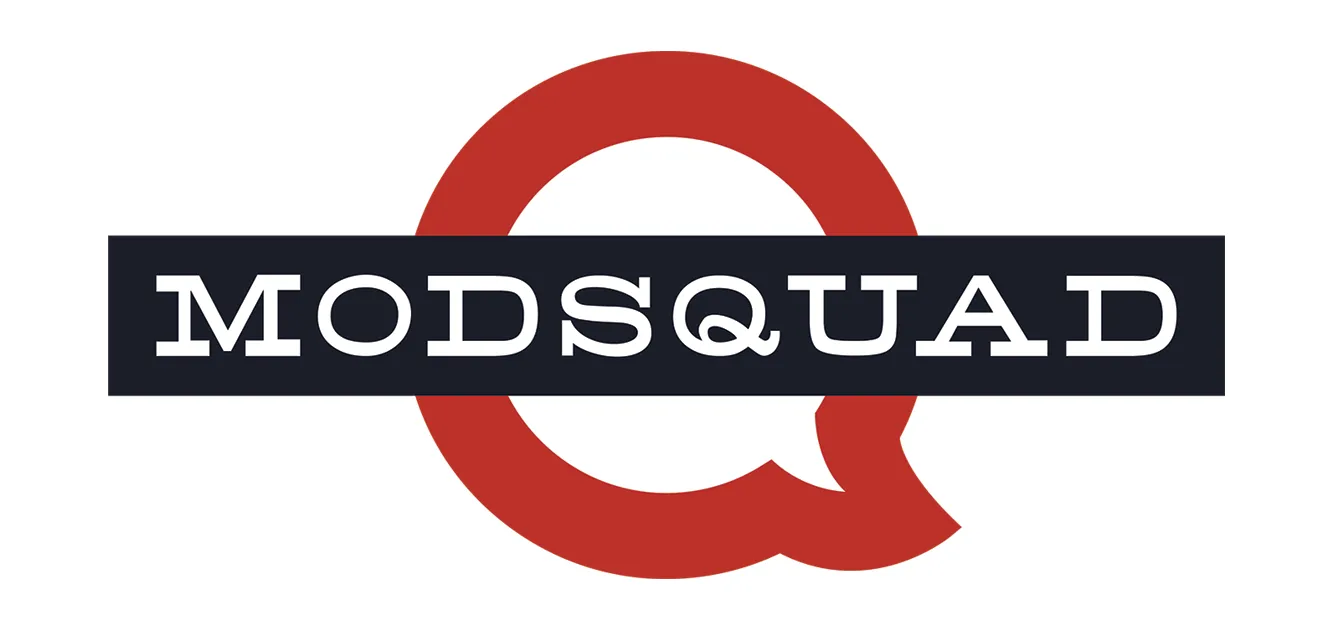
Retention, Part Thirteen: Downtime Management
By Sanya Weathers
Into each life, a little server downtime must fall. But if you do it wrong, you’ll trash your retention. If the customers can’t get access at the moment they felt like logging in, they are less likely to seek the product out on a casual, unplanned basis. If they can’t predict the downtime, they may not be back at all. As with blogging and social media, regularity and predictability are the keys to retention.
Doing downtime right is incredibly easy, if you know anything about your product and your players.
When to do it: What kind of product do you have? If you’re running a school-aged kid’s game, you don’t dare miss the afterschool rush, but you can safely tinker with the innards starting around 1 AM EST and through any time up to around 2 PM EST. If you’re running a mass market MMO with the majority of players in North America, your best option is 8 AM EST/5 AM PST. Even the late night raids are over at that point. Is your game rated for adults only? Be prepared for those users to want to talk all night with the kind of intimacy that only comes with darkness, and bring your servers down at 10 AM EST/7 AM PST.
And if you have a truly global product, with users distributed across all the world’s time zones, consider a rotating downtime schedule so you’re not always down during the same population’s peak time. Those little “world capital” clock banks you see in big financial institutions are handy for global game developers.
You don’t have to take my word for it. Check with your customer service department. Find out which shift your CS professionals are covering with one junior CSR and one half-asleep escalation manager, and take your servers down at that time.
How much warning to give: Are you running a casual game for adults? 24 hours is sufficient. Is your product the kind of thing that often requires forty people to coordinate their schedules in order to accomplish specific goals? A week isn’t too long, but three days plus a reminder at the 24 hour mark is fair. If you’re in an emergency situation that prevents you from giving notice, consider a small appreciation token (experience, in game currency) to thank your users for their patience.
Post expected return times: This has been covered at length in other parts of this series. Briefly – don’t ask your engineers. Ask your QA team, and add two hours to their worst case scenario. Be prepared to post something at that exact time, even if it’s not the server return announcement.
When the downtime lasts much longer than expected: Keep posting, even if it’s to post “no new information.” What counts with the users (to a point) is the sense that they have not been forgotten, and that someone from the company is on the job even if all else is silent. Of course, there comes a point where they don’t care about that anymore, usually around the 12 hour mark. Get your appreciation token, double it, and dispense liberally.

